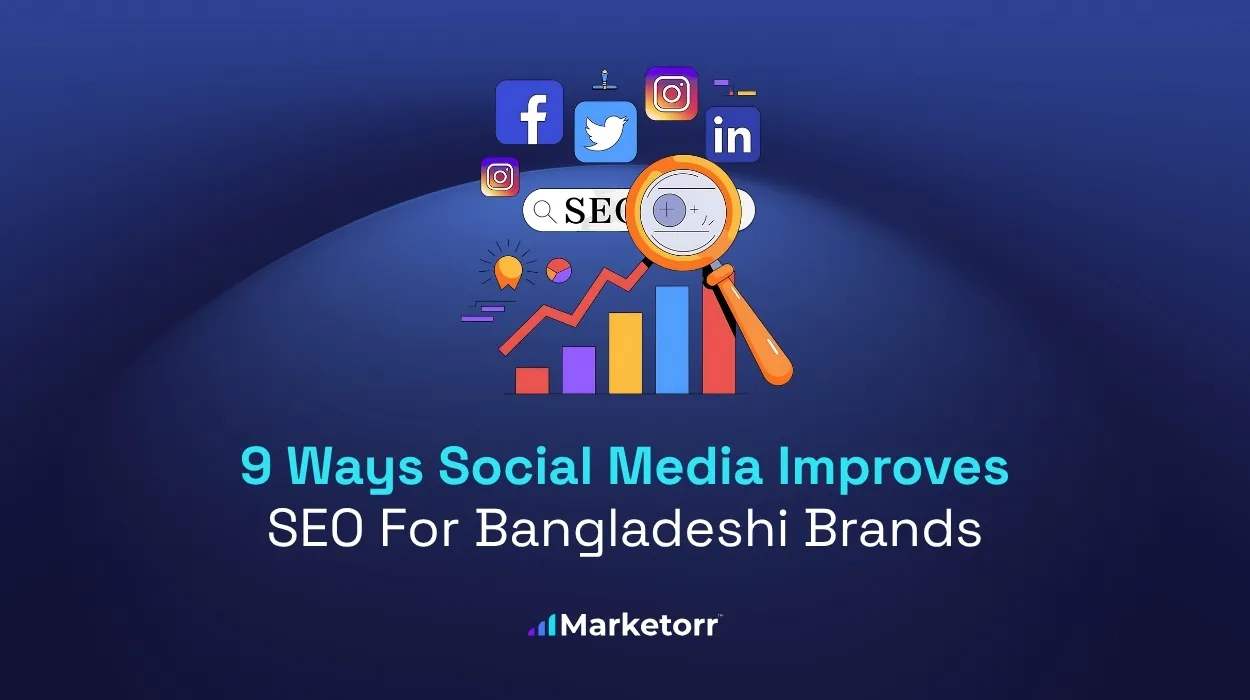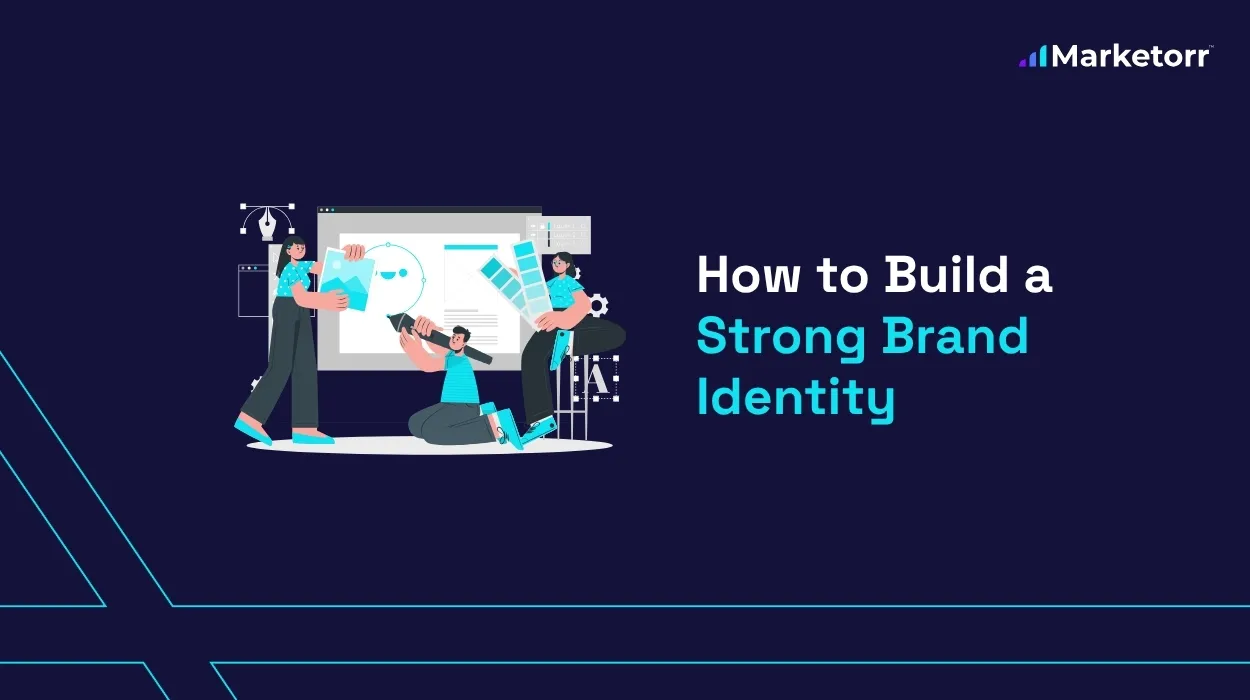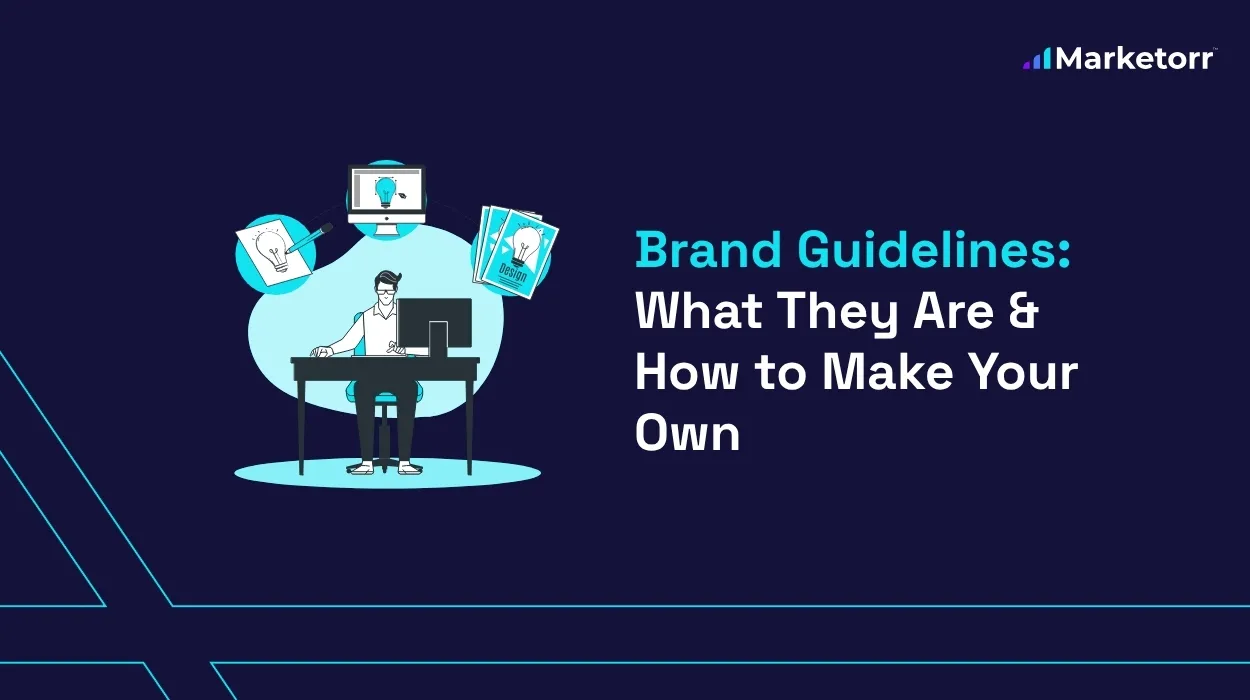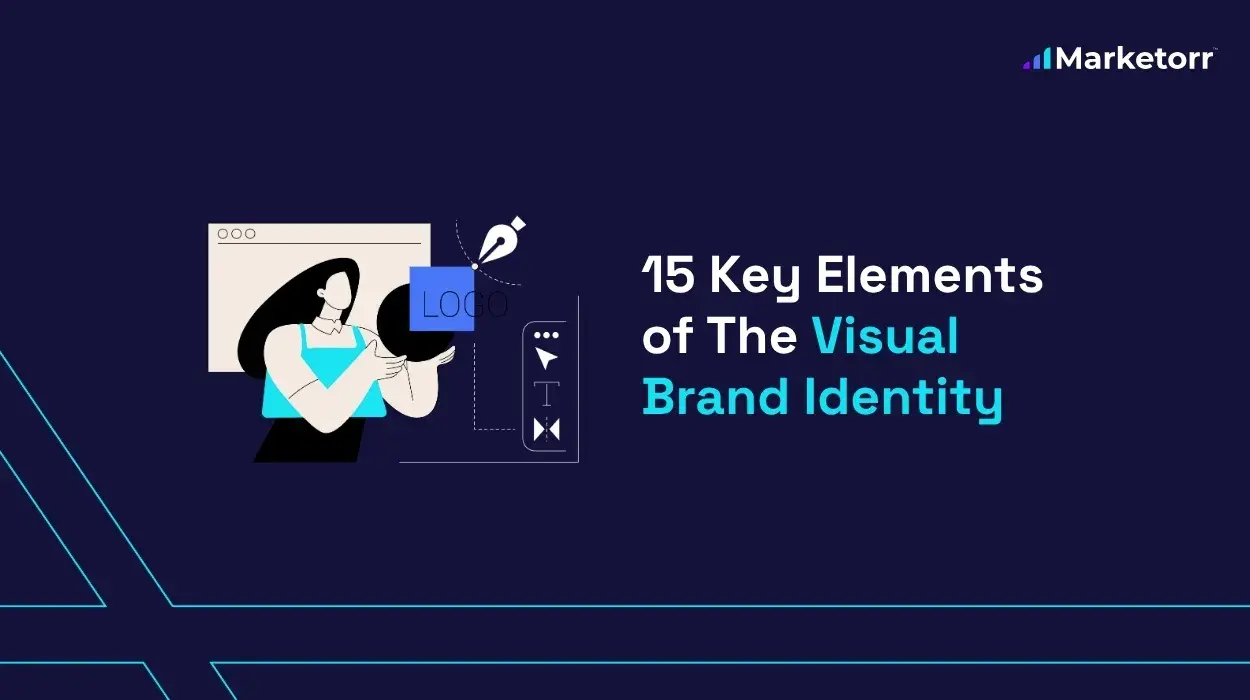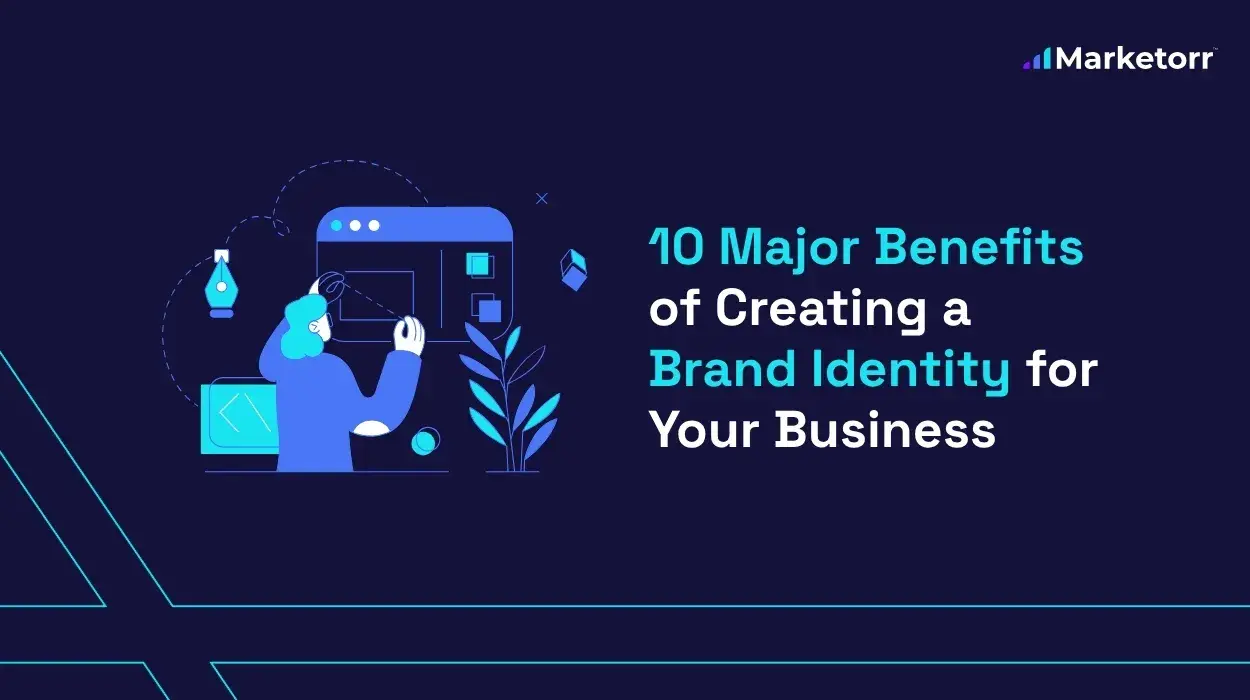Web design is the structured process of creating digital interfaces that are both visually appealing and functionally effective. It involves the strategic combination of layout, color, typography, media, interactivity, and usability to ensure websites are easy to use, accessible, and aligned with user behavior.
Modern web design goes beyond aesthetics. It incorporates user experience (UX), accessibility standards, browser compatibility, and performance optimization to meet business goals and serve diverse audiences. A well-designed website influences how people perceive a brand, how long they stay on a page, and how likely they are to take action.
What Does Web Design Mean?
Web design is the process of planning, conceptualizing, and arranging content online to create websites that are visually structured and functionally usable.
At its core, web design covers everything from layout and color schemes to navigation, interactivity, and responsiveness. It’s a multidisciplinary field that blends graphic design, user experience (UX), and front-end development. The ultimate goal is to create digital experiences that engage users and meet business or informational goals.
Modern web design isn’t just about the visual layer. It involves understanding user psychology, applying data-driven design choices, and ensuring accessibility. A well-designed website not only looks professional but also performs across all devices and browsers while guiding visitors toward specific actions like subscribing or making a purchase.
Why Is Web Design Important?
Web design shapes how users perceive your brand, how they interact with your content, and whether they trust your business.
According to Stanford research, 75% of users judge a company’s credibility based on its website design. That means a poorly designed site can drive potential customers away before they even read a single line of content. A study by Adobe found that 38% of people will stop engaging with a website if the layout is unattractive or difficult to navigate.
Good design builds trust, enhances user satisfaction, and increases conversion rates. It creates intuitive experiences, reduces bounce rates, and improves SEO performance by ensuring faster load times, mobile optimization, and accessible structure. In many cases, your website is the first impression people get of your brand, making design not just important, but essential to long-term success.
Key Elements of Effective Web Design
Every great website shares a few essential components. These design elements work together to create a visually appealing and user-friendly experience.
Layout and Grid Systems
The layout is the structural foundation of a web page. Grid systems help designers organize content into readable and visually balanced sections.
A grid-based design brings visual harmony and alignment. It ensures consistency across pages, which improves user navigation. Studies show that users scan websites in an “F” or “Z” pattern, so structured layouts guide the eye naturally. Responsive grid frameworks like Bootstrap and CSS Grid are widely used to make websites adapt seamlessly to various screen sizes.
Color Schemes and Visual Hierarchy
Color affects user perception and emotional response. It also contributes to brand identity and information hierarchy.
The use of contrast, complementary colors, and strategic placement draws attention to important elements like buttons or calls to action. Research from the Institute for Color Research shows that people make a subconscious judgment about a product within 90 seconds, and color accounts for 60-90% of that impression. Visual hierarchy also ensures users can easily distinguish between headings, subheadings, and body text, enhancing readability and flow.
Typography and Readability
Typography involves the font style, size, spacing, and arrangement of text. It influences both usability and user perception.
Clear, legible fonts improve reading speed and retention. According to a study published in Behavior & Information Technology, good typography can increase reading comprehension by as much as 20%. Designers often use web-safe fonts like Arial, Roboto, or Open Sans, and pair them with strategic line height and spacing for better on-screen readability.
Images, Icons, and Multimedia
Multimedia elements add context, visual appeal, and engagement to a website. They break up text and help communicate complex ideas quickly.
High-quality visuals are proven to boost user interaction. A report by MDG Advertising found that content paired with relevant images gets 94% more views than text-only content. Icons also support navigation and comprehension, while videos and animations increase dwell time when used sparingly and purposefully.
Interactive and Responsive Elements
Interactive components like forms, buttons, sliders, and hover effects encourage user participation and enhance engagement.
Responsiveness ensures these features work across all devices. Mobile-first design is now a standard due to the increase in mobile traffic, which accounts for over 54% of global internet usage. Responsive web design adapts content layout and functionality to different screen sizes, ensuring usability and visual appeal on smartphones, tablets, and desktops.
Functional Principles Behind Every Great Website
Beyond visuals, a website’s functionality plays a major role in user experience and overall effectiveness.
Usability and Accessibility
A website must be easy to navigate, intuitive, and accessible to all users, including those with disabilities.
Accessibility standards like WCAG (Web Content Accessibility Guidelines) ensure websites are usable by individuals with visual, auditory, or motor impairments. Tools like alt text, keyboard navigation, and proper semantic HTML help achieve compliance. According to the CDC, one in four U.S. adults lives with a disability, making accessibility not only ethical but also practical.
Page Load Speed and Core Web Vitals
Speed is a critical factor for both user experience and SEO. Google’s Core Web Vitals framework measures key aspects like loading time, interactivity, and visual stability.
A study by Google found that 53% of mobile site visitors leave a page that takes longer than three seconds to load. Optimizing images, leveraging browser caching, and minimizing CSS/JS files can significantly boost load speed. Tools like PageSpeed Insights and Lighthouse offer actionable recommendations to improve site performance.
Mobile Responsiveness and Device Adaptability
A responsive website adjusts seamlessly to different screen sizes and devices, ensuring functionality and aesthetic consistency.
With Google’s mobile-first indexing, responsive design is no longer optional. Responsive sites improve usability and SEO, as they reduce bounce rates and increase time on site. Design frameworks like Flexbox and CSS Grid are commonly used to build adaptive layouts.
Browser Compatibility and Security
A website must function correctly across all major browsers and protect user data through secure protocols.
Cross-browser testing ensures consistent performance on Chrome, Firefox, Safari, and Edge. Security features such as HTTPS encryption, SSL certificates, and protection against malware and phishing are critical for maintaining trust. According to HubSpot, 85% of online users won’t continue browsing if a site is not secure.
Types of Web Design: Styles and Approaches
There are various styles and frameworks in web design, each offering unique benefits and suitable use cases depending on the goals and complexity of the site.
Static vs. Dynamic Design
A static website delivers fixed content to users. Each page is coded in HTML and doesn’t change unless manually edited.
These websites load quickly and are easy to build, making them ideal for small businesses or portfolios with minimal content updates. However, they lack flexibility. For example, a static site can’t pull data from a database or support user interactions like comments or live updates.
In contrast, a dynamic website generates content in real-time based on user behavior or database inputs. They’re built using server-side languages like PHP or JavaScript frameworks. Platforms like WordPress and Shopify operate on dynamic architecture. These sites support blogs, e-commerce, and memberships, making them more scalable but requiring more maintenance and server resources.
Adaptive vs. Responsive Design
Adaptive design detects the device being used and delivers a layout tailored specifically for that device.
It uses predefined screen sizes and loads the layout best suited for each. For instance, a tablet and a smartphone may load entirely different versions of a site. This method offers precision but increases development time and maintenance, as each layout must be designed separately.
Responsive design, however, uses flexible grids and CSS media queries to automatically adjust content across all devices.
It’s more efficient and cost-effective. Since the same codebase supports every screen size, updates are quicker and design consistency is easier to maintain. Today, responsive design is the standard approach, as it aligns with Google’s mobile-first indexing and improves SEO and user experience simultaneously.
Flat Design, Skeuomorphic Design, and Beyond
Flat design is a minimalist style that removes three-dimensional elements, focusing on clean, simple, and fast-loading interfaces.
It’s been popularized by brands like Microsoft and Google due to its modern look and compatibility with responsive frameworks. Flat design emphasizes usability by eliminating distractions and prioritizing clear navigation.
On the other hand, skeuomorphic design mimics real-world objects. For example, a digital notepad might resemble a physical notebook. Apple famously used this style in earlier versions of iOS. While more visually rich, skeuomorphic designs can sometimes clutter the interface and slow down performance.
Modern trends now lean toward neumorphism, glassmorphism, and brutalism styles that offer fresh visual approaches while maintaining performance and clarity. These emerging designs combine aesthetic appeal with functional usability.
Common Web Design Tools and Platforms
Designers use various tools and platforms to streamline their workflow, improve collaboration, and create user-friendly interfaces.
Graphic Design Software (e.g., Figma, Adobe XD)
These tools allow designers to prototype, wireframe, and visualize interfaces before development begins.
Figma is widely used for collaborative design projects. It runs in the browser, supports real-time team collaboration, and allows easy handoff to developers. According to a 2023 WebAIM survey, 64% of UI/UX designers prefer Figma for its intuitive features and plugin ecosystem.
Adobe XD is another popular choice, especially among designers already in the Adobe Creative Cloud ecosystem. It offers responsive resizing, repeat grids, and integration with Photoshop and Illustrator for richer visual content.
Website Builders (e.g., Wix, Squarespace)
These platforms provide drag-and-drop interfaces, allowing users to build websites without coding.
Wix supports over 200 million users worldwide, offering customizable templates, built-in SEO tools, and an intuitive editor. It’s suitable for small businesses and freelancers needing a quick online presence.
Squarespace is known for its visually appealing templates, especially for creatives and e-commerce. It includes built-in analytics, e-commerce features, and responsive design capabilities. While limited in customization compared to coding-based platforms, builders offer speed and convenience.
CMS Platforms (e.g., WordPress)
Content Management Systems (CMS) allow users to manage content, plugins, and design through a user-friendly backend.
WordPress powers over 43% of all websites globally. It offers thousands of themes, plugins, and integrations, making it suitable for blogs, news portals, and business sites. WordPress supports both static and dynamic content, offering flexibility and scalability.
Security, performance, and SEO can be optimized with the right plugins and best practices. A properly maintained CMS like WordPress is often the most efficient way to manage larger websites or multi-author platforms.
Frequently Asked Questions About Web Design
Answering the most common questions can help clarify misconceptions and guide beginners through the essentials of starting with web design.
Can I design a website without coding?
Yes, it’s entirely possible to design a website without writing a single line of code.
Tools like Wix, Squarespace, and Webflow provide intuitive, visual editors. You can drag and drop elements, customize templates, and launch your site quickly. However, understanding some basic HTML and CSS can help fine-tune the final product or solve unexpected layout issues.
Learning no-code platforms has also become a trend, especially for entrepreneurs and small businesses that need affordable and fast solutions. According to a 2022 Statista report, over 27% of websites launched by small businesses were built using no-code tools.
What skills do I need to become a web designer?
A good web designer combines creative and technical skills while providing a user-friendly website service.
Essential skills include understanding layout design, typography, color theory, and user experience principles. On the technical side, familiarity with HTML, CSS, and JavaScript is helpful. Knowing how to use design tools like Figma or Adobe XD and understanding accessibility, SEO, and responsive design are also crucial.
Soft skills matter too. Problem-solving, attention to detail, and good communication help designers collaborate with developers, clients, and stakeholders effectively.
What are the main steps in the web design process?
The process of designing a website typically follows a structured flow from planning to launch.
First, the designer gathers requirements and defines the site’s goals. Then they create wireframes and visual mockups. The next phase involves designing the layout, refining visuals, and preparing content. Once approved, the design moves into development, followed by testing for usability, performance, and compatibility. Finally, the site is launched and maintained regularly for updates and optimization.
Each step ensures that the final product is user-centric, aligns with business goals, and performs well technically.
What makes a website design successful?
A successful design is one that not only looks good but also achieves its purpose, whether that’s engagement, lead generation, or information delivery.
This means the site must be user-friendly, mobile-optimized, fast-loading, visually consistent, and accessible. It should follow modern UI/UX principles and guide users through a clear journey. Data from Google shows that users are five times more likely to leave a site if it isn’t mobile-friendly. So usability, design consistency, and speed are all key markers of a high-performing site.
Success also depends on post-launch activities like SEO optimization, A/B testing, and performance tracking.
Final Thoughts: Web Design as a Foundation of the Modern Web
Web design isn’t just a visual craft. It’s a strategic discipline that blends creativity, technology, and psychology to create meaningful digital experiences.
As the digital landscape grows more competitive, users have higher expectations. A slow, confusing, or outdated website doesn’t just frustrate it damages trust and loses conversions. Whether you’re building a personal blog or launching a multi-page corporate site, how your website looks and functions can make or break its success.

